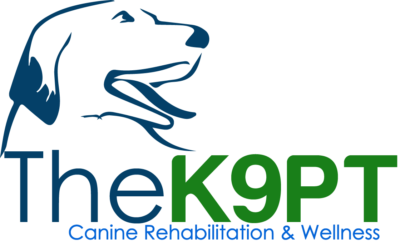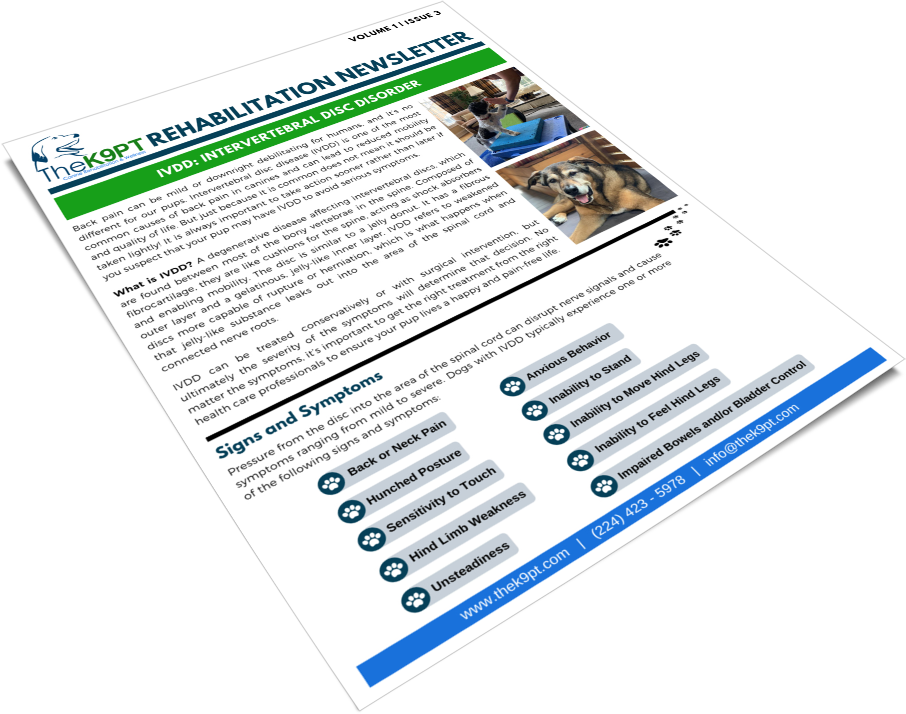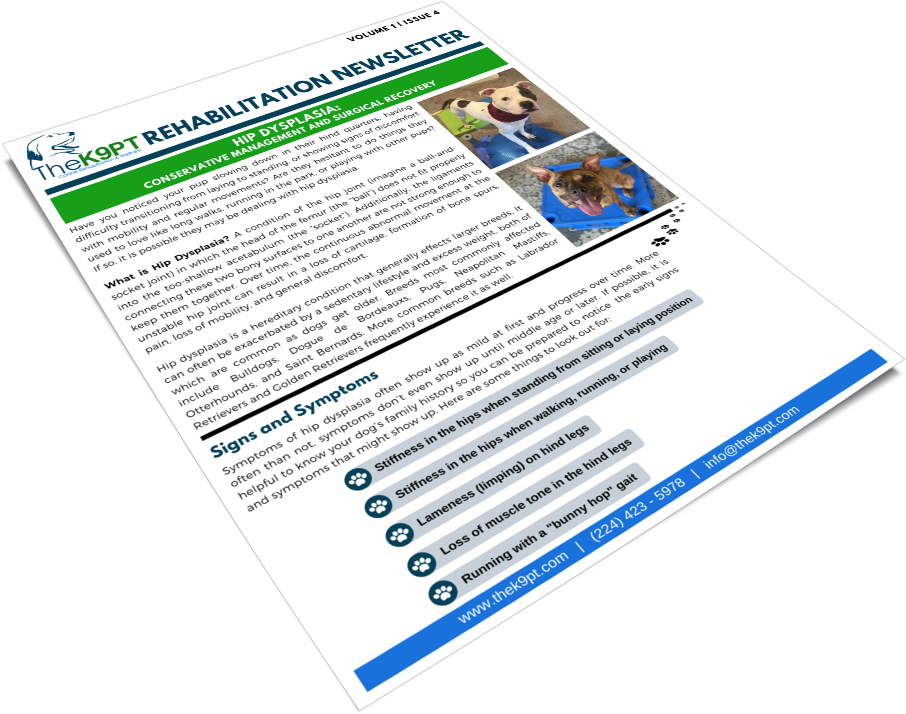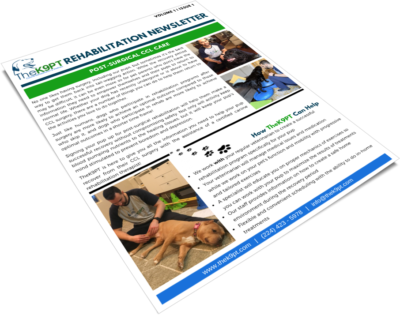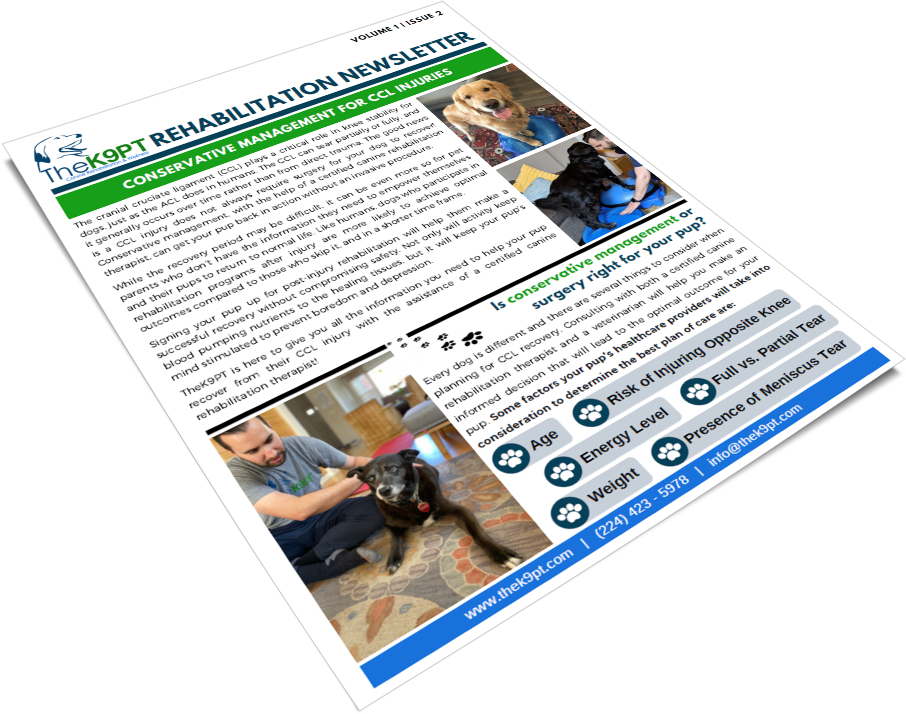Underwater Treadmill For Dogs
A common treatment used in canine rehabilitation for dogs with arthritis or recovering from surgery is the use of an underwater treadmill. The premise of the underwater treadmill is that the buoyancy of the water will decrease the effects of gravity and thus assist with gait training. The water height can be adjusted in relation to the patient—the higher the water level, the less body weight the patient uses. However, although its use could be beneficial in a minority of cases, the reality is that underwater treadmill is vastly over-used in the field of canine rehabilitation and, most of the time, dogs recover much better from injury or surgery without using an underwater treadmill in their rehabilitation program.
Here at TheK9PT, we do not use the underwater treadmill as a form of treatment for several reasons as rehabilitation is much more than one modality of treatment, and underwater treadmill is just one small piece of the puzzle. Although useful with some patients, the underwater treadmill also has its pitfalls:
Pitfall #1: Progressive Loading
The underwater treadmill does not promote progressive overloading. The clinics who use it will often claim that it will help increase strength, both post-surgically and during the treatment of other musculoskeletal conditions. However, it is well known and researched in the field of human sports medicine that to add strength—and subsequently generate muscle growth—muscles and tendons need to be gradually loaded with progressive resistance. For example, when you go to the gym you don’t work on increasing your strength by using the treadmill, even if you adjust the incline level or adjust the speed. You do so with progressive loads by lifting weights or using your body weight for resistance (e.g., pull-ups, push-ups, etc.).
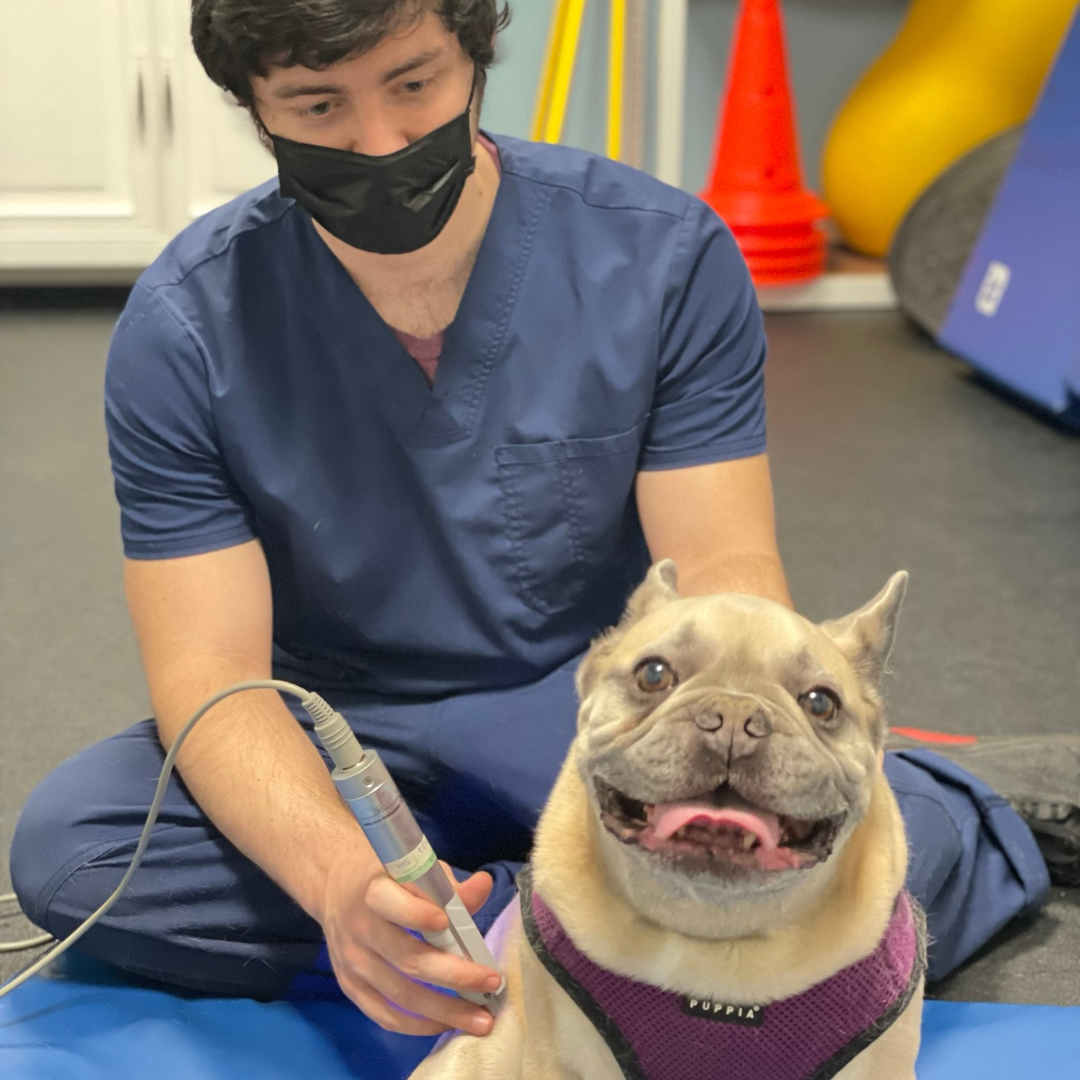
The same concept of strength building applies to canines. Is it possible to add some strength by using the underwater treadmill? Sure! Some muscle gain will be observed in patients who are severely deconditioned and whose main exercise is walking on the underwater treadmill. But those patients will also quickly hit a plateau and run the risk of developing overuse injuries due to the repetitive nature of simply walking for increasingly longer distances. Take, for example, a variety of “Couch to 5K” programs designed for humans: they all involve a combination of a walking/running program and a strength training program to help with injury prevention and long-term wellness.
Pitfall #2: Abnormal Gait

The second pitfall of the underwater treadmill is the promotion and progression of an abnormal gait. If a patient has an abnormal gait, for whatever reason that may be, it does not make sense to keep building endurance with that abnormal gait. A canine rehab therapist needs to first assess the patient to determine the reasons for why he or she has developed that abnormal gait, and then address those issues before building endurance in the underwater treadmill or even during a walking protocol at home. Could the underwater treadmill also be used to help correct an abnormal gait? Yes, in some instances it can. But to do so, the therapist would need to be inside the tank with his or her hands on the patient assisting to correct the gait pattern. Here at TheK9PT we treat all of the movement dysfunctions a patient presents with treatment methods such as manual therapy, therapeutic exercise, massage, and laser therapy, just to name a few.
This is not to say that the underwater treadmill doesn’t have its benefits and can’t be a part of a successful rehabilitation plan. The problem is that a rehab plan is not a one-size-fits-all approach, and the underwater treadmill is not a magic piece of equipment from which every patient will benefit. It can, and should be, used when appropriate for the patient. The reality, however, is that with the growth of the canine rehab field has come the overutilization of this modality of treatment. We hope that this information is helpful in understanding why our clinic does not use the underwater treadmill as a method of treatment. Now, let us tell you how we can help you and your pup!
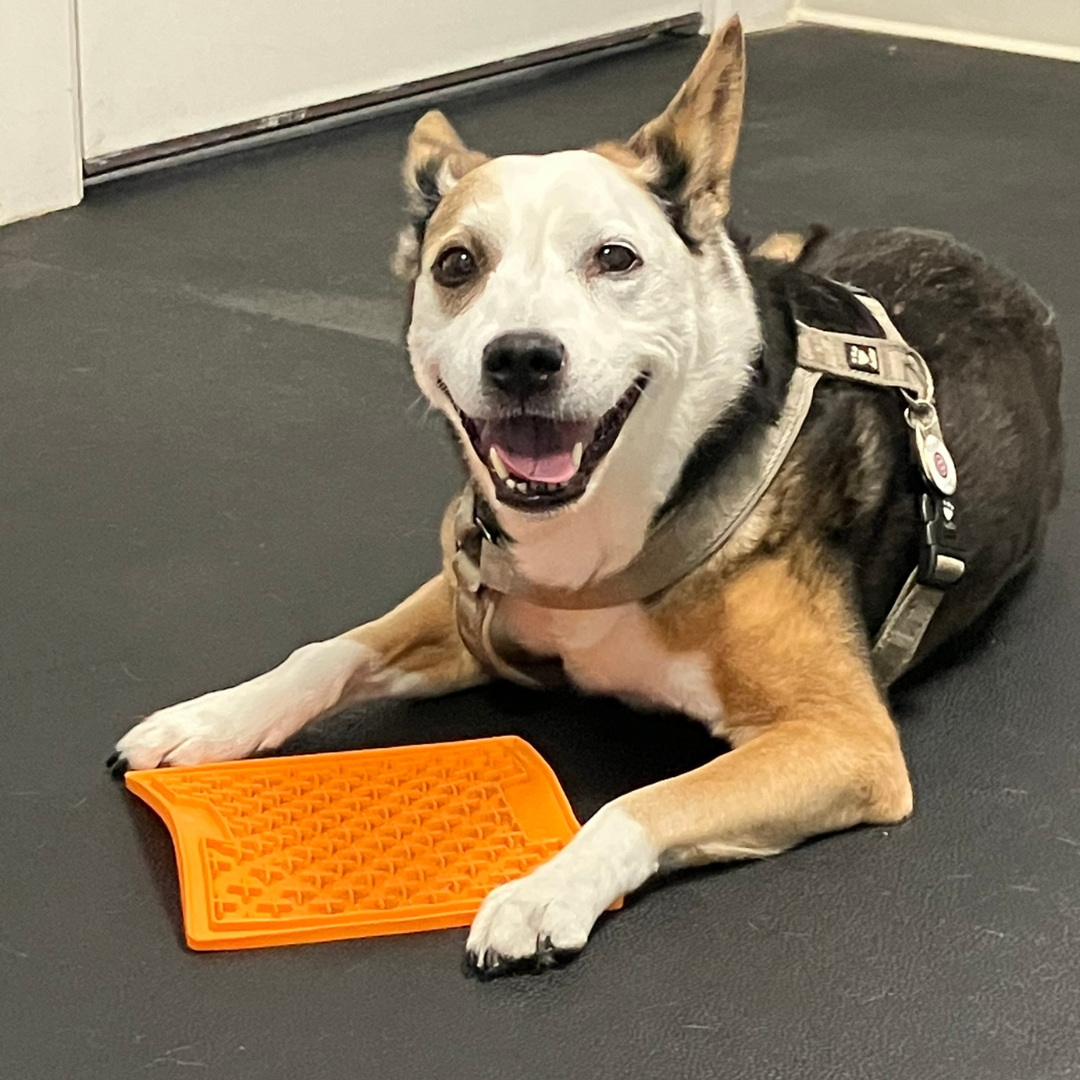
How can we help you?
We have put together some of the best educational content for pet parents in a series of newsletters on several topics and conditions. Download our newsletters (currently free) to start helping your pup right away…
Here’s What Other Pet Parents Like You Are Saying About the Outstanding Care Received at TheK9PT…
Frequently asked questions
The best way to answer this question would be to start by going over “the cycle of arthritis”. We need to understand that arthritis is a normal part of the aging process, both for ourselves and our pets, and the best thing that we can do is to be proactive rather than reactive. Arthritis can be asymptomatic as well, but once our pups start to show symptoms then we definitely need to start being more proactive than before.
The cycle starts when a pup with arthritis starts to show signs of joint inflammation, which can lead to pain, discomfort, and stiffness. As they feel stiff they tend to be less active, and if we let that happen over time they would lose muscle mass while also gaining weight. With added weight the pressure on their inflamed joints becomes even more uncomfortable, which in turn leads towards increased stiffness and a decrease in their level of physical activity. That is how the cycle of arthritis keeps going on and on, unless we do something about it. Read more on how we treat Arthritis here.
Not only are pet parents allowed in each and every session, we encourage it! We pride ourselves on educating pet parents with at home exercises they can do and make you a big part of the treatment plan!
